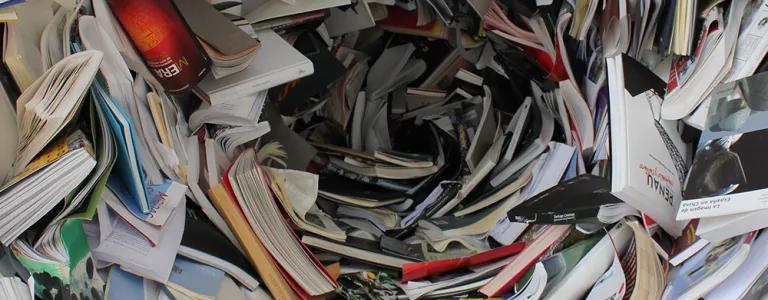
Making it through school with dyslexia – NCS grad, Chloe
Whether you’re diagnosed with dyslexia or think you might have it, it can all be a bit overwhelming. From being tested to coping over the exam period, here’s advice from Chloe who’s been through it all already.
It’s no secret that when you walk into Year 11 you’re excited that school is nearly over. But you also begin to feel the stress of the oncoming exam season, and having dyslexia can make it harder for some people. Finding the right method to study and carry on with class work can be difficult, but I’ve got some tips and tricks to help you out.

I was diagnosed with dyslexia the January before GCSEs started, which only gave me about five months to adjust before my first exam. The way I found out I had dyslexia is probably a little different to most, as I found out in the middle of my English lesson. My teacher asked me to talk to her outside, and then said, “I think you might be dyslexic.” I stayed behind and saw her after school. As we worked through my homework it felt as if I was being tested for dyslexia without being told. When we finished, she said, “You have dyslexia.”
The stress was piling up. But I was lucky, I had a friend with dyslexia who I could turn to for advice. Now I can hopefully help others by passing on the tips that I’ve learnt over the past couple of years, both from personal experience and from friends.
Find what works for you
You’ve probably heard this statement over and over again, but it’s true – you have to find what works best for you. Trust me, working this out really will help you so much.

When I was first diagnosed I used a coloured overlay. This is simply a coloured piece of plastic you put over a piece of paper to help you read – that was all I had.
Most people with dyslexia get extra time in their exams, but I didn’t. So that was something else I had to work with. The way I managed to get through my exams, in the fixed amount of time, was to start with the questions worth more marks and focus on them. For example, with English papers I’d normally work from the back to the front.
This is because if you focus on section B first you know you have a chance of completing it. Just make sure you remember to go back and do the other questions as well!;
Normally, the severity of your dyslexia is what decides whether you get extra time in exams, coloured exam papers, and so on. Some tricks that I’ve learnt from other people include: coloured overlays, coloured paper, digital recorders, computers with speech-to-text software, mind maps, and breaking down large tasks into smaller steps.
Mind maps and laptops
Some people find it easier to study using mind maps because they’re a more visual way of learning and you don’t have to sit at a desk writing lists for who knows how long. While using a laptop can be very helpful when doing homework because you have spellcheck and autocorrect. Sometimes they also have speech-to-text software.
Splitting up larger tasks can also be extremely useful for sorting out homework. If your teacher and ‘SENDCO’ department recommend using a laptop, you then talk to the exams office and see if they can sort it out with the exam board and the school.
Everything I’ve said here has been from my own personal experience with dyslexia, and in no way am I saying that these methods will work for everyone. It’s up to you to experiment and see what works for you, good luck!
Thanks Chloe! If you’ve got dyslexia (or think you might have) and are looking for further support, check out British Dyslexia Association.


